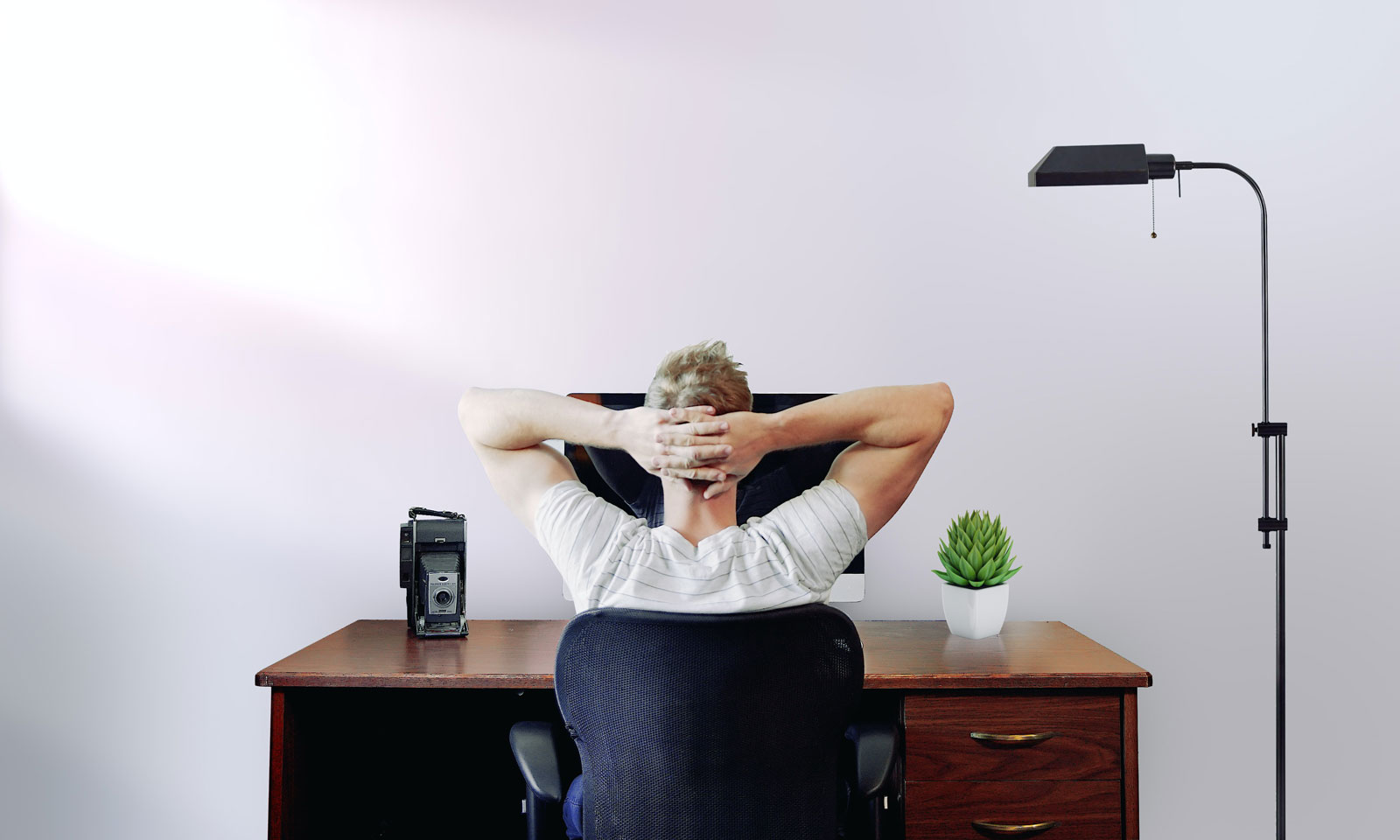
Home Office with Phil Reynolds
Monthly Column By Phil Reynolds
Through the various lockdowns (I’m sure we’re all tired of that word) many of us found we could continue to do our jobs successfully from home. Now the country has opened up, it’s striking how less busy roads, rail and offices are, as flexible working becomes the norm for many.
What does that mean for office furniture?
Well in a conventional office, your employer has to provide a safe working environment, which is fit for the work you do and, if using a computer comply with the Health and Safety (Display Screen Equipment) Regulations 1992, as amended by the Health and Safety (Miscellaneous Amendments) Regulations 2002, commonly known as the DSE Regs.
This means, amongst other things, ensuring the user has a deep enough desk to allow for monitors to be placed far enough away from the user to prevent eye strain, that a desk top should have enough room to work on, and enough leg room under the desk. In addition, a chair that has suitable adjustment for the user to have a good posture and a height such the elbows can be on the desk. This is normally be achieved by sourcing office furniture that complies with the BS EN 1335 (chairs) and BS EN 527 (desks) suite of standards.
When we come to home working the situation becomes more complicated. I would guess that a lot of us, at some point, will have come home from work, or worked at home for a day to avoid distractions, and sat at the dining room table with our laptops and worked (or for me lazed on the sofa). It’s not ideal, but for short periods it’s fine.
If, however, your employer expects you to work from home for an extended period, then he has the same obligations to provide a safe working environment for the employee. This means ensuring the furniture used, which may be less adjustable, should allow compliance with the DSE regs. How this is achieved varies from asking the employee to carry out a DSE risk assessment on their workspace, to providing furniture that has similar features to the office furniture.
For desks, display screens etc. there’s not too many problems (other than space), but when it comes to office chairs, we hit the big issue. Yes, it’s fire safety again. Upholstered furniture in the home is covered by the Furniture & Furnishings (Fire) (Safety) Regulations 1988, as amended (FFFSR). This has different performance and labelling requirements to contract furniture. Broadly meeting the FFFSR and meeting the contract requirements are mutually exclusive.
If a dealer knowingly sells, or an employer knowingly supplies upholstered office furniture into an employee’s home, which is not compliant with the FFFSR they would be breaking the law and could be prosecuted.
Before you fret, however, I would say I can only advise you of the legal requirements, but if I was to look at the risk – in general the amount of foam (the combustible bit) in my office chair is tiny compared to my two sofas, so the fire risk is not so great. Currently the UK’s FFFSR does not allow for such a risk-based route.
As the UK Government is currently progressing with a revised set of Furniture Fire Safety Regulations, this is one area I would suggest they need to look at, to ensure that the new normal is both fire safe and ergonomically fit for purpose.




